Tesla Model S VS Hyundai Inster – Specs, Efficiency & Price Comparison
Which model is the better choice – the Tesla Model S or the Hyundai Inster? We compare performance (1020 HP vs 115 HP), boot capacity (793 L vs 280 L), efficiency (17.50 kWh vs 14.30 kWh), and of course, the price (94300 £ vs 20500 £).
Find out now which car fits your needs better!
The Tesla Model S (Hatchback) is powered by a Electric engine and comes with a Automatic transmission. In comparison, the Hyundai Inster (SUV) features a Electric engine and a Automatic gearbox.
When it comes to boot capacity, the Tesla Model S offers 793 L, while the Hyundai Inster provides 280 L – depending on what matters most to you. If you’re looking for more power, you’ll need to decide whether the 1020 HP of the Tesla Model S or the 115 HP of the Hyundai Inster suits your needs better.
There are also differences in efficiency: 17.50 kWh vs 14.30 kWh. In terms of price, the Tesla Model S starts at 94300 £, while the Hyundai Inster is available from 20500 £.
Compare all the key specs now and find out which model fits your lifestyle best!
Tesla Model S
The Model S continues to set the standard for luxury electric vehicles, seamlessly blending performance with cutting-edge technology. Its sleek design and spacious interior provide an unparalleled driving experience, making it an ideal choice for modern enthusiasts. With features that emphasize both safety and sustainability, the Model S showcases the future of automotive innovation.
details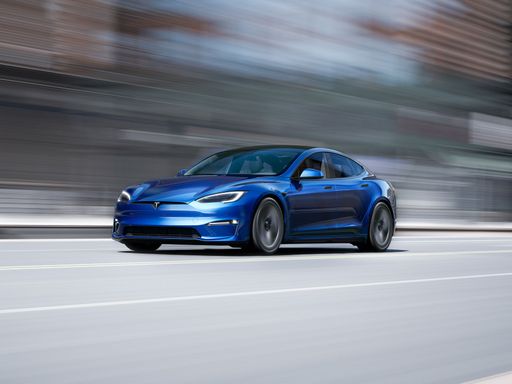 @ Tesla
@ Tesla
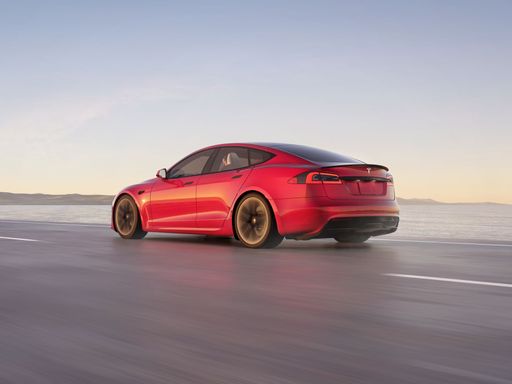 @ Tesla
@ Tesla
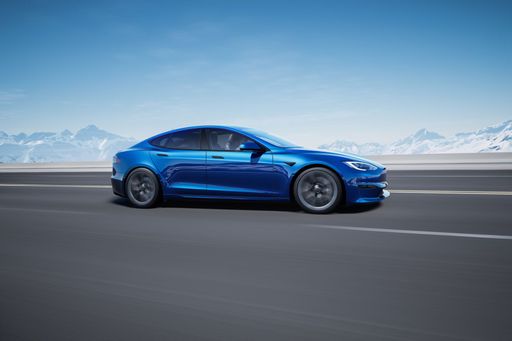 @ Tesla
@ Tesla
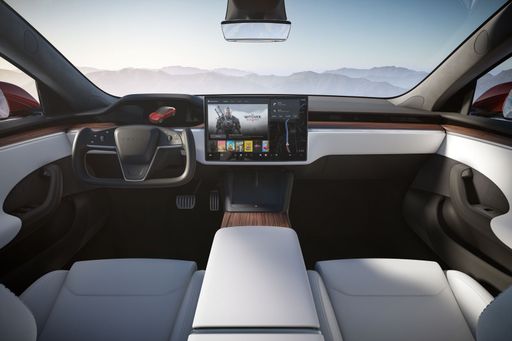 @ Tesla
@ Tesla
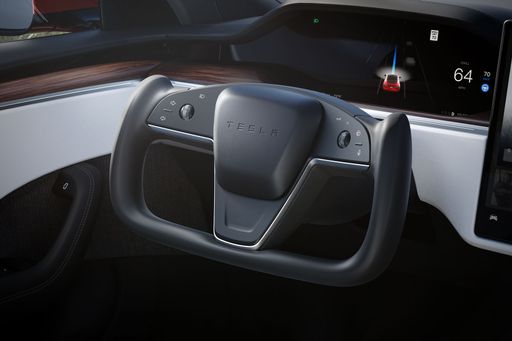 @ Tesla
@ Tesla
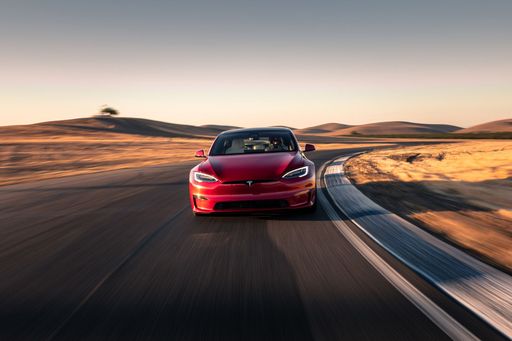 @ Tesla
@ Tesla
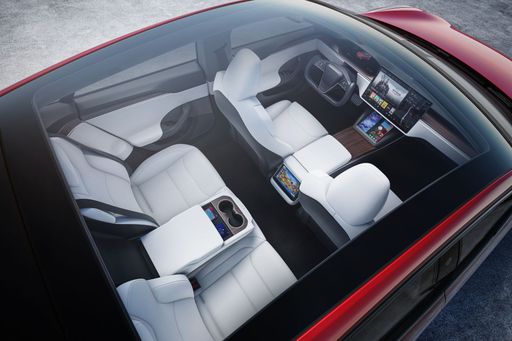 @ Tesla
@ Tesla
Hyundai Inster
The Inster has quickly captured the attention of automotive enthusiasts with its striking design and dynamic performance. This model seamlessly blends advanced technology with comfort, making it an ideal choice for both daily commutes and adventurous road trips. With its spacious interior and innovative features, the Inster promises an exhilarating driving experience that doesn’t compromise on practicality.
details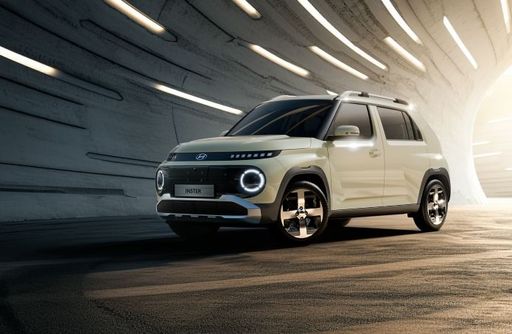 @ hyundai.news
@ hyundai.news
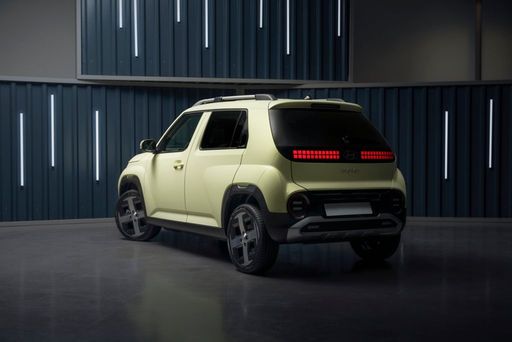 @ hyundai.news
@ hyundai.news
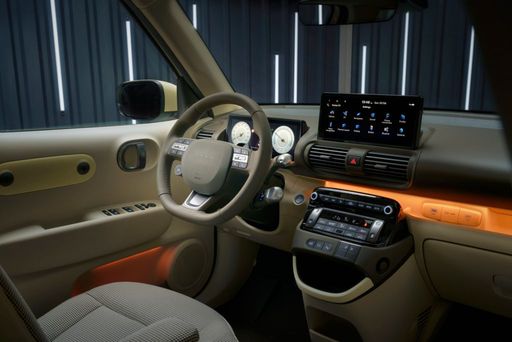 @ hyundai.news
@ hyundai.news

|

|
|
|
|
Costs and Consumption |
|
|---|---|
|
Price
94300 - 102800 £
|
Price
20500 - 25800 £
|
|
Consumption L/100km
-
|
Consumption L/100km
-
|
|
Consumption kWh/100km
17.5 - 18.7 kWh
|
Consumption kWh/100km
14.3 - 15.1 kWh
|
|
Electric Range
600 - 634 km
|
Electric Range
327 - 370 km
|
|
Battery Capacity
-
|
Battery Capacity
42 - 49 kWh
|
|
co2
0 g/km
|
co2
0 g/km
|
|
Fuel tank capacity
-
|
Fuel tank capacity
-
|
Dimensions and Body |
|
|---|---|
|
Body Type
Hatchback
|
Body Type
SUV
|
|
Seats
5
|
Seats
4
|
|
Doors
5
|
Doors
5
|
|
Curb weight
2170 - 2265 kg
|
Curb weight
1380 - 1433 kg
|
|
Trunk capacity
793 L
|
Trunk capacity
238 - 280 L
|
|
Length
5021 mm
|
Length
3825 - 3845 mm
|
|
Width
1987 mm
|
Width
1610 mm
|
|
Height
1431 mm
|
Height
1575 - 1610 mm
|
|
Payload
364 kg
|
Payload
317 - 357 kg
|
Engine and Performance |
|
|---|---|
|
Engine Type
Electric
|
Engine Type
Electric
|
|
Transmission
Automatic
|
Transmission
Automatic
|
|
Transmission Detail
-
|
Transmission Detail
-
|
|
Drive Type
All-Wheel Drive
|
Drive Type
Front-Wheel Drive
|
|
Power HP
670 - 1020 HP
|
Power HP
97 - 115 HP
|
|
Acceleration 0-100km/h
2.1 - 3.2 s
|
Acceleration 0-100km/h
10.6 - 11.7 s
|
|
Max Speed
250 - 300 km/h
|
Max Speed
140 - 150 km/h
|
|
Torque
-
|
Torque
147 Nm
|
|
Number of Cylinders
-
|
Number of Cylinders
-
|
|
Power kW
493 - 750 kW
|
Power kW
71 - 85 kW
|
|
Engine capacity
-
|
Engine capacity
-
|
General |
|
|---|---|
|
Model Year
2022 - 2023
|
Model Year
2025
|
|
CO2 Efficiency Class
A
|
CO2 Efficiency Class
A
|
|
Brand
Tesla
|
Brand
Hyundai
|
Tesla Model S
The Revolutionary Tesla Model S: The Pinnacle of Electric Vehicles
The Tesla Model S has reshaped the landscape of electric vehicles since its introduction, combining luxury, performance, and cutting-edge technology into a single package. As we delve into the technical aspects and innovations of this remarkable car, it becomes clear why it stands out in an increasingly crowded market.
Performance That Redefines Speed
The latest iterations of the Tesla Model S offer exhilarating performance, with two distinct variants: the standard Model S and the thunderous Model S Plaid. The standard Model S is powered by a robust electric motor producing 670 horsepower, allowing for a jaw-dropping 0-100 km/h time of just 3.2 seconds. For those who demand even more power, the Model S Plaid boasts a staggering 1,020 horsepower, achieving the same speed in an incredible 2.1 seconds.
Both models feature all-wheel drive and a sophisticated reduction gearbox that ensures optimal traction and efficiency, making every drive an exhilarating experience. The Model S’s top speed reaches up to 250 km/h for the standard version, while the Plaid variant impressively escalates to 300 km/h.
Range and Efficiency: Driven by Innovation
One of the most significant concerns for electric vehicle owners is range, and Tesla has addressed this head-on with the Model S. The standard Model S boasts an impressive electric range of 634 km on a single charge, demonstrating the extraordinary efficiency of Tesla’s engineering. The Plaid model, while slightly less at 600 km, still puts many competitors to shame.
The energy consumption rates for both models are equally commendable, with the standard version achieving a remarkable 17.5 kWh/100 km and the Plaid version at 18.7 kWh/100 km. This high efficiency is not only good for the environment but also for the owner's wallet, providing longer driving ranges between charges.
Innovative Technology and Features
The Tesla Model S is loaded with high-tech features designed to enhance the driving experience. The centerpiece of this technological innovation is its large touchscreen interface. This 17-inch display controls virtually every aspect of the vehicle, from navigation to climate control, creating a streamlined and modern cabin environment.
Additionally, the Model S includes advanced autopilot features that allow for semi-autonomous driving capabilities, redefining what drivers can expect from their vehicles. These innovations highlight Tesla's commitment to safety and convenience, making the Model S not just a car but an advanced tech-laden machine.
Luxury Meets Practicality
The Model S does not compromise on luxury. With a spacious interior accommodating five passengers and a premium finish, it offers comfort that rivals luxury sedans. The trunk capacity of 793 liters ensures ample space for luggage or other essentials, making it a practical choice for families or long road trips.
Moreover, its sleek hatchback design merges elegance with functionality, while the eco-conscious design features a remarkable CO2 efficiency class of A, underscoring Tesla’s commitment to sustainability.
Conclusion: The Future Is Electric
The Tesla Model S exemplifies the future of automotive technology, merging unparalleled performance, innovative features, and luxury. As electric vehicles continue to gain traction in the global market, the Model S stands as a benchmark, illustrating what is possible when cutting-edge technology meets passionate engineering. As drivers demand more from their vehicles, the Model S proves itself not just as a car, but as a movement toward a sustainable and exhilarating future.
Hyundai Inster
The automotive landscape continues to evolve, and at the forefront of this transformation is the Hyundai Inster, a dynamic model set to impress electric vehicle enthusiasts. As a compact SUV, the Inster embodies a blend of innovative technology, user-friendly features, and an eco-conscious design, making it a contender in the burgeoning electric vehicle market.
Powertrain and Performance
The Hyundai Inster is powered by an efficient electric drivetrain, offering two main battery options: a 42 kWh and a 49 kWh version. These options translate to power outputs of 97 HP and 115 HP, respectively, allowing drivers to choose based on their performance needs. The Inster accelerates from 0 to 100 km/h in 11.7 seconds for the 42 kWh variant, while the more powerful 49 kWh model reaches the same speed in an impressive 10.6 seconds, showcasing Hyundai's commitment to delivering engaging performance.
Range and Efficiency
One of the standout features of the Inster is its electric range. The 42 kWh model provides a range of 327 km, while the 49 kWh variants extend the range to 360 km and 370 km. This remarkable efficiency is complemented by consumption figures of 14.3 kWh/100 km for the 42 kWh variant and 14.9 kWh/100 km for the 49 kWh options. These figures ensure that the Inster is not only suited for city driving but also capable of handling longer journeys with ease.
Dynamic Design and Comfortable Interior
Aesthetically, the Hyundai Inster boasts a sleek and modern look, featuring a compact SUV profile that is both sporty and practical. The dimensions, measuring between 3825 mm and 3845 mm in length, with a width of 1610 mm and heights ranging from 1575 mm to 1610 mm, contribute to its spacious and comfortable cabin. The interior accommodates up to four passengers, making it an ideal choice for small families or couples.
Innovative Features
The Inster incorporates advanced technology geared towards enhancing the driving experience. Its automatic transmission, utilizing a reduction gearbox, ensures seamless gear shifts. Additionally, drivers will appreciate the array of smart features designed for convenience and connectivity, including advanced infotainment systems and driver assistance technologies.
Sustainability Credentials
Hyundai is dedicated to sustainability, and the Inster is a testament to this philosophy. With a carbon footprint of zero emissions, the Inster falls into the A CO2 efficiency class, making it a responsible choice for eco-conscious consumers. The absence of traditional emissions positions the Inster not only as an economical option but also as a proactive step towards reducing our environmental impact.
Conclusion
The Hyundai Inster stands out as a versatile and innovative solution in the electric vehicle segment. With a balanced approach to performance, efficiency, and sustainability, it caters to the modern driver’s needs and reflects the automotive industry's shift towards electrification. The future looks bright for the Inster, as Hyundai continues to pave the way for greener driving experiences.
The prices and data displayed are estimates based on German list prices and may vary by country. This information is not legally binding.
